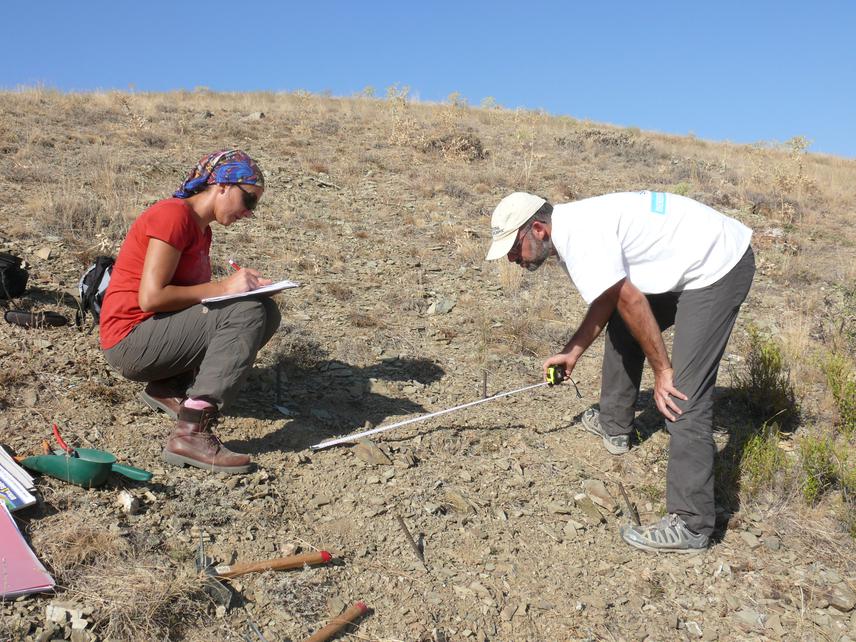Özlem Özüdoğru
The project aim is to evaluate the response of plant communities of Central Anatolian Steppe to disturbances and to increase a public awareness on biodiversity of steppes.
Anatolian steppe is of great importance in terms of biodiversity and for endemic plant and animal species, however, human activities such as agriculture and grazing drives natural steppe ecosystem under threat. Agricultural activities represent the most frequent disturbance by humans in Central Anatolian steppe, while grazing is also common throughout Central Anatolia.

Ongoing socio-economic changes and population movements will possibly be resulted in the abandonment of agricultural fields in the region, leading to a succession process after field abandonment. Despite all these threats and problems over the Central Anatolian steppe plant communities, scientific research on the ecology of these ecosystems has rarely been done, and the lack of knowledge makes impossible to give conservation decisions in a proper way.
The study will be conducted in Lalahan district of Ankara, Turkey. The area is located 25 km out of Ankara city centre. Disturbance frequency will be the main factor of the study. In field we will establish 32 quadrates to monitor the regeneration of vegetation and plant community after artificial disturbances throughout the study period. The measurements will be held for 3-months periods during the study. During the study, three main measurements will be held; plant species richness (and diversity), vegetation coverage and vegetation biomass.
Studies will be conducted through social clubs at the local high school under teacher’s supervision to create awareness on the importance of steppe ecosystems among students. The study site will be converted to a field station to serve as an educational centre for local people to increase their awareness about the conservation of steppe ecosystem. The field station will allow students to monitor study plots by conducting periodic measurements, and increase their interest on scientific and nature conservation issues.